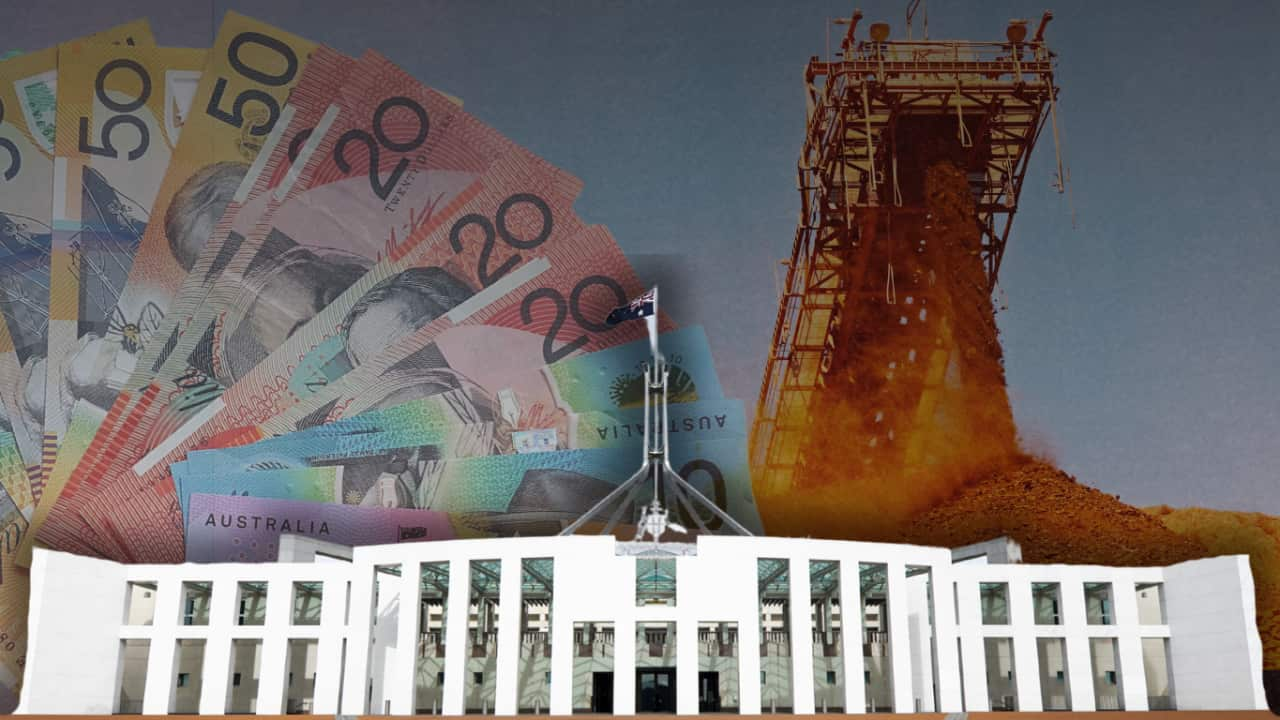There’s a loophole in the Electoral Act which allows misleading advertisements to circulate outside of the election campaign period.
Experts say this causes damage, not only to a political candidate’s reputation, but also to the electoral process.
In 2022, ACT independent Senator David Pocock lodged a formal complaint to the the Australian Electoral Commission (AEC) about a digitally altered image of him which appeared a month after the election date had been set.
It saw Pocock ripping open his button up shirt to reveal the official logo of the Greens party, and was found on roadside corflutes and parked trucks near polling centres.
It was authorised by conservative political lobby group Advance Australia.
The AEC decided the image was misleading and shouldn’t be displayed during an election campaign. Advance Australia disagreed with the findings, but agreed not to display the image.

Digitally altered flyers of Alex Dyson, authorised by Advance Australia, were placed in voter's mailboxes throughout the candidate's electorate of Wannon. Credit: Supplied
So when Advance Australia decided to distribute a similar digitally altered image in February of this year — this time with a new face — they weren’t breaking any laws.
In the electorate of Wannon, a digitally altered image of independent candidate Alex Dyson was shared on flyers showing him ripping open his shirt to reveal a T-shirt with the official logo of The Greens party.
Mr Dyson said the image has caused mixed reactions.
“Some were obviously pretty shocked who were able to see the fine print that it was Advance Australia. Other people, who maybe have bad eyesight or didn’t read the fine print, were also shocked for a different reason.
It’s pretty wild.
Associate Professor at Monash Law School Yee-Fui Ng said Advance Australia "have been told this is not allowed and they’ve just figured out a loophole in the rules.”
An Advance Australia spokesperson told SBS Examines the AEC advised them that material such as the flyer of Mr Dyson “does not breach the electoral law.”
Section 329 of the Electoral Act prohibits the publication of material likely to mislead or deceive an elector casting their vote, but only once the writs have been issued.
Director of the Australia Institute’s Democracy and Accountability Program Bill Browne said it is up to the viewer to assess what is misleading when it comes to political advertisements.
“A healthy amount of scepticism is always a good idea when assessing advertising, and that probably goes double for political advertising.”












